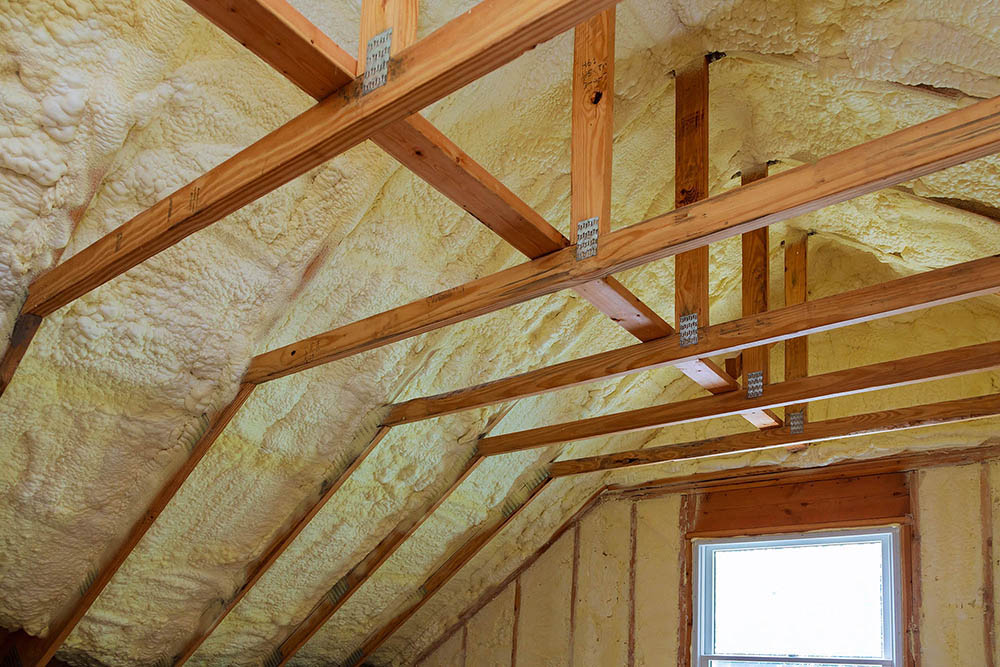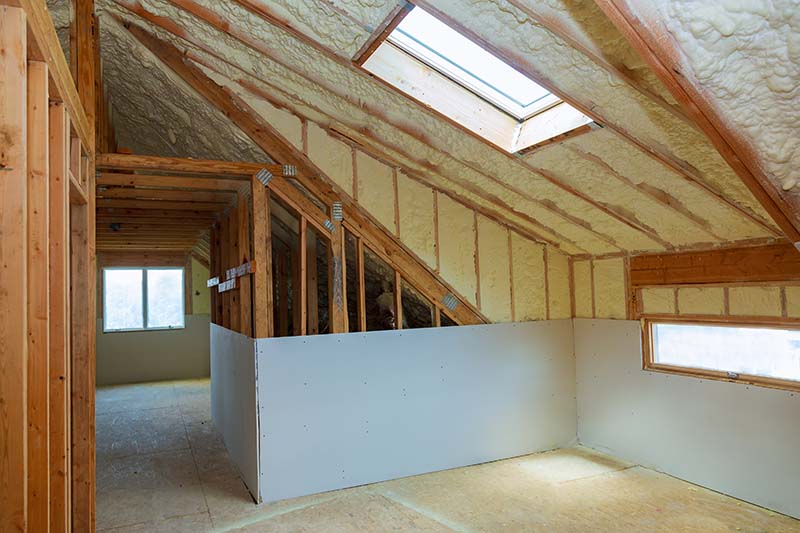I know, you are facing issues regarding uneven temperature and noise pollution. Don’t worry about that, Ray General Contractor is always working hard to help you.




I know, you are facing issues regarding uneven temperature and noise pollution. Don’t worry about that, Ray General Contractor is always working hard to help you.
On our website, you will find information on the “Drill and Fill Insulation” technique which is helpful to you in this situation. The drill-and-fill insulation method is used when there is an existing building and it needs to fill empty cavities whether in walls or on the roof without any tear and wear. These cavities may be on the exterior or interior walls; they need insulation for thermal performance. This method is also used to control sound coming out from cavities. Furthermore, it has good longevity.
Evidently, this technique of insulation is also good for our environment, you can reuse drill and fill insulation material again and again. So, there is not any option left to give harm our surroundings.
Our company uses Cellulose (organic compound) or fiberglass materials in the drill and fill insulation method. Additionally, personal protective equipment, a driller, and a blowing machine are other requirements of the technique.
The range is lie between 3.2 to 4.0 per inch of thickness. If the R-value of cellulose is four, then its heat transfer resistance would be greater.
The first method of drill and fill insulation process is drilling. Yes, you have read correctly. The term is self-explanatory. By using a driller, make holes in each bay and target the cavities. Then operate the blowing machine and fill the cellulose or glass fiber.
The final step is the taping step to make your apartment walls flat, and smooth and to hide the holes in the bay easily.
We hope that you are clear with all the queries about the drill and fill insulation. Further, we would like to give you our professional assistance if you need it. Call us or write an email. Thank you!